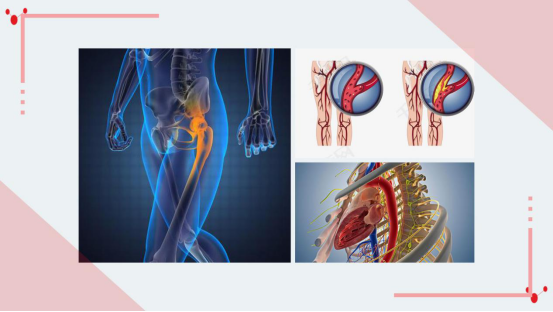Categories
Recent Posts
The last issue we learned about that bone is made up of sclerotin, periosteum and bone marrow.
On this issue, we would like to talk about blood vessels, lymphatic vessels, and nerves.
Blood vessels: the arteries of long bones include the trophising artery, epiphyseal artery, epiphyseal artery and periosteum artery. It can be divided into the diaphyseal system, epiphyseal - metaphyseal system, periosteum - bone cortical system. The trophoblast artery is the main artery of long bone, which generally has 1-2 branches. It enters the bone marrow cavity through the trophoblast foramen of the shaft and divides into ascending and descending branches to the bone end. The branches are distributed in the inner layer of the compact bone, bone marrow and metaphyseal artery, and can be anastomosed with metaphyseal artery and metaphyseal artery branch in adults. Both epiphyseal and epiphyseal arteries arise from adjacent arteries and penetrate into the bone near the epiphyseal cartilage.
Lymphatic vessels: there are abundant lymphatic vessels in periosteum, but whether there are lymphatic vessels in bone marrow or bone cortex is still controversial.
Nerves: accompanied by nourishing vessels entering the bone, nerves are distributed to the perivascular space of the Havre canal, and most of the visceral efferent fibers are distributed to the vessel wall; Body afferent fibers are more distributed in periosteum. Periosteum is more sensitive to tension or tear stimulation, so bone abscesses and fractures often cause severe pain.
All in all, the blood vessels, lymphatics, and nerves surrounding the bone play a crucial role in the proper functioning of the bone. All of these are so sophisticated and appropriate.
